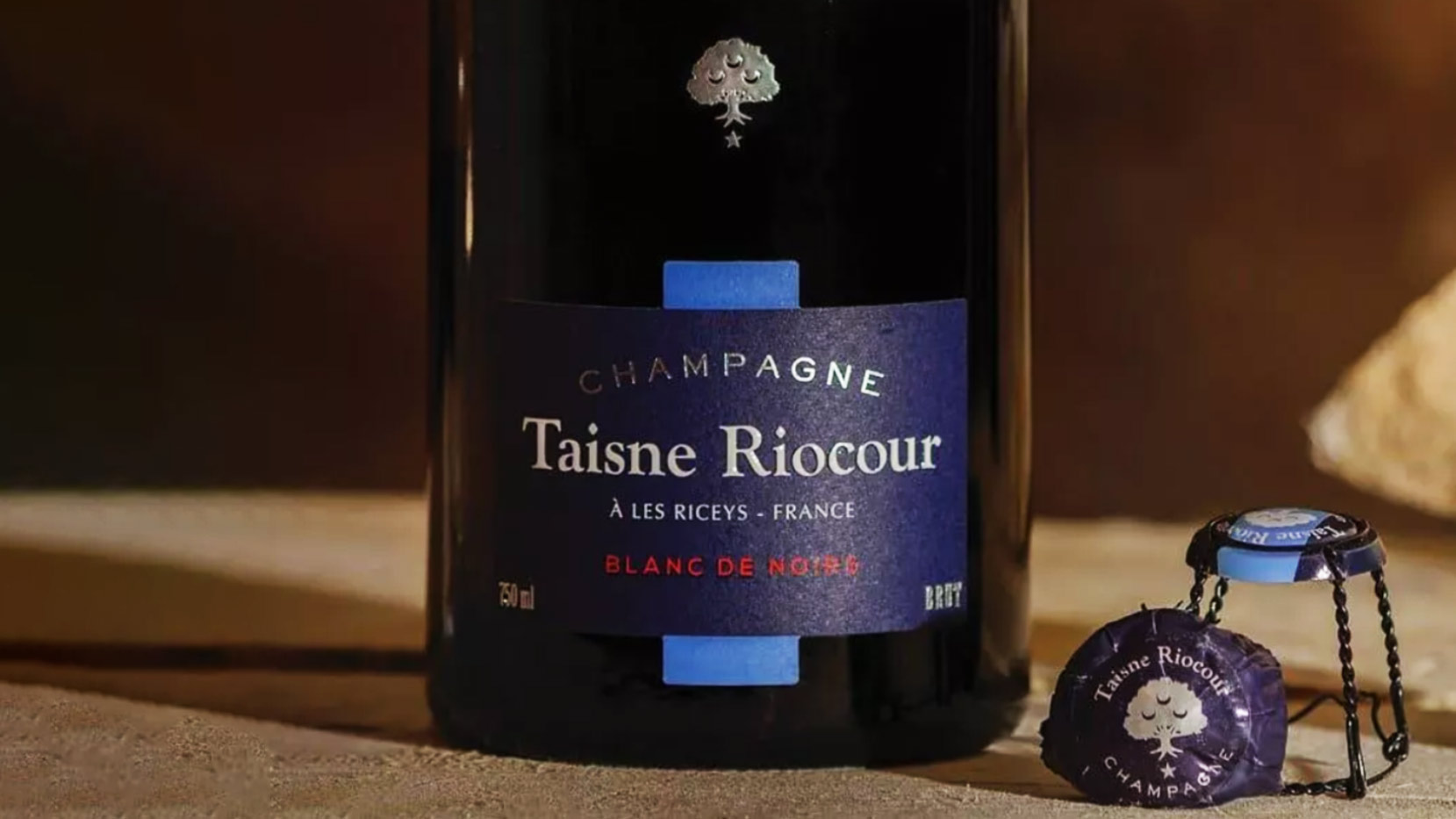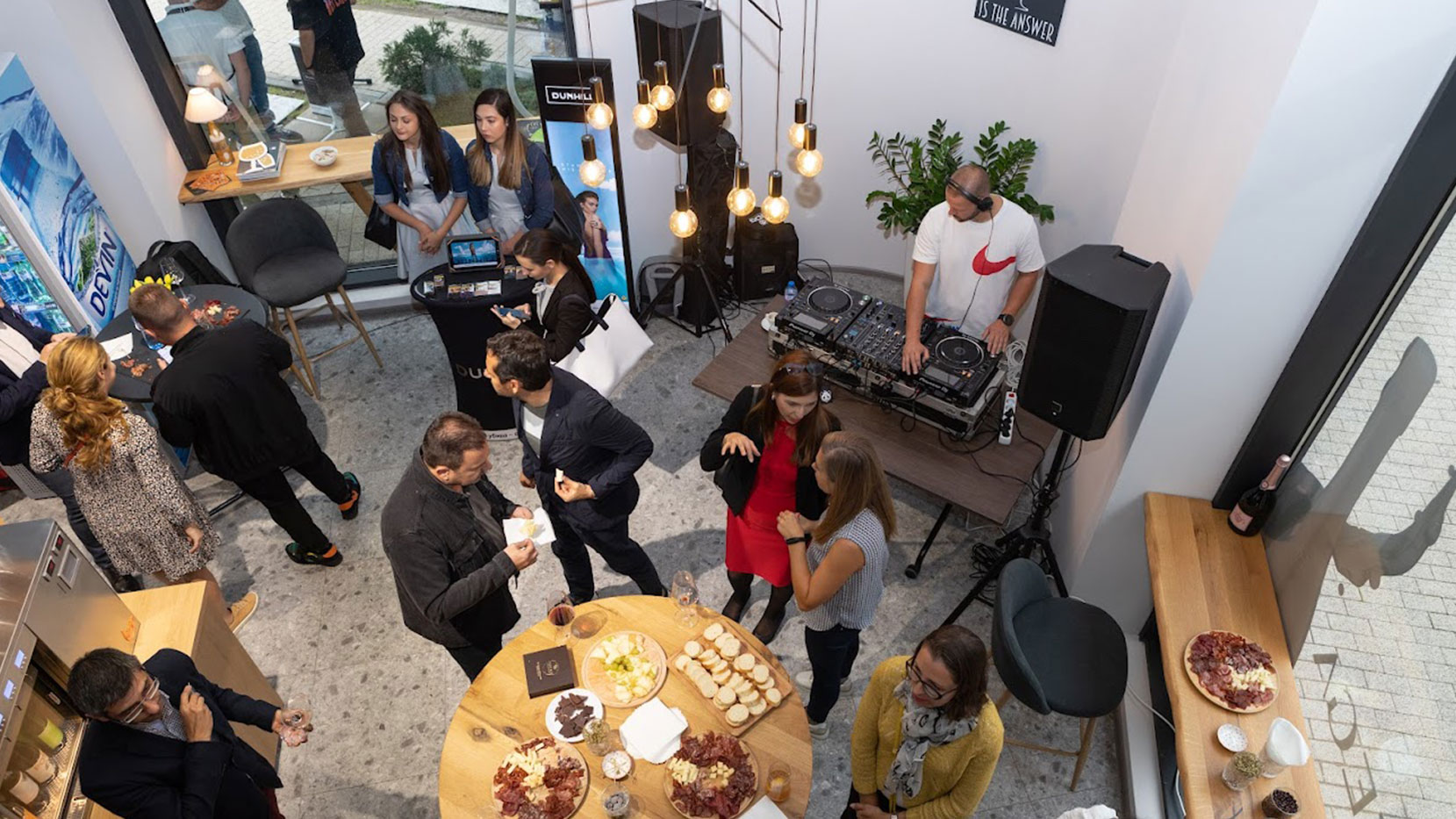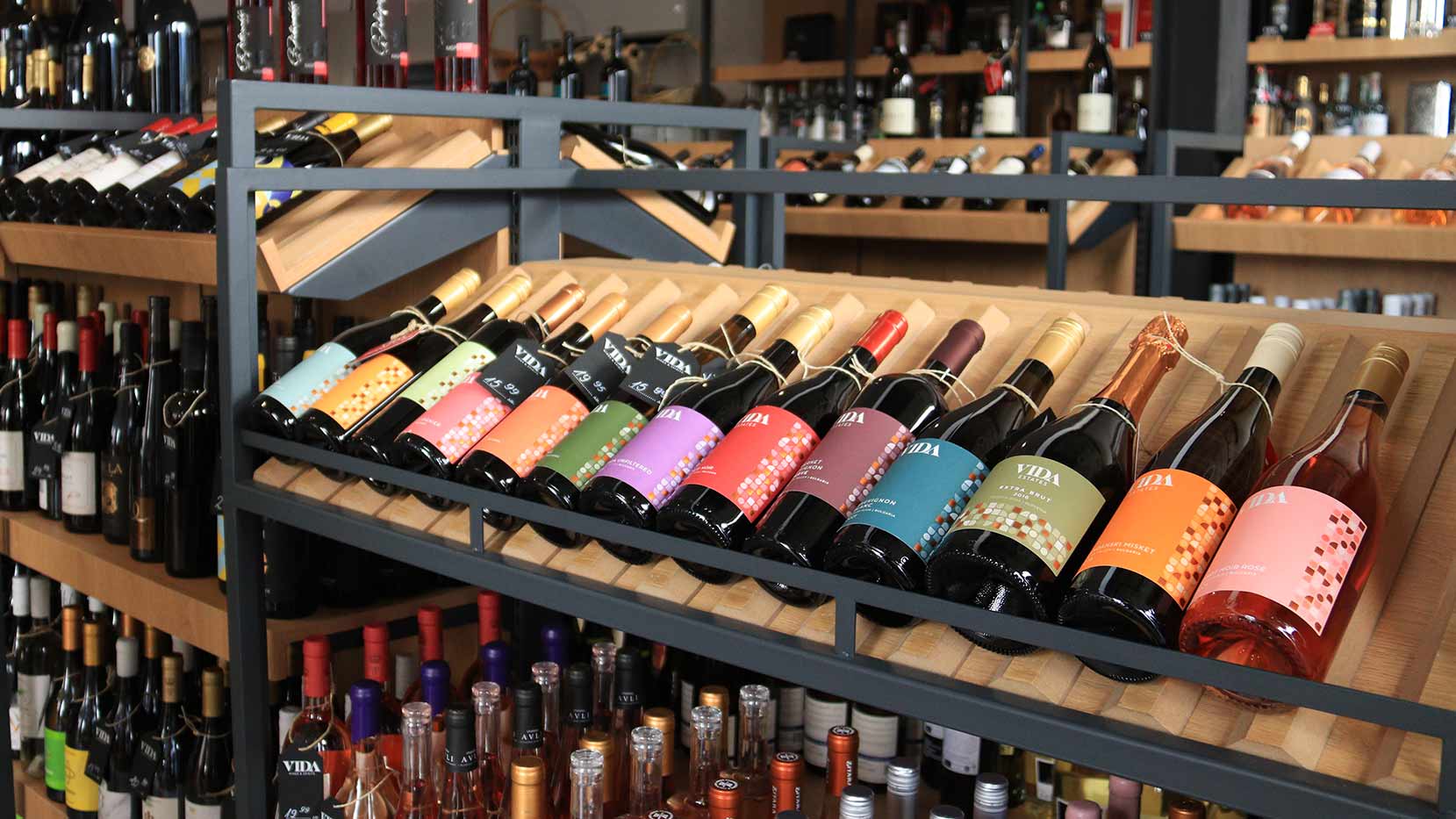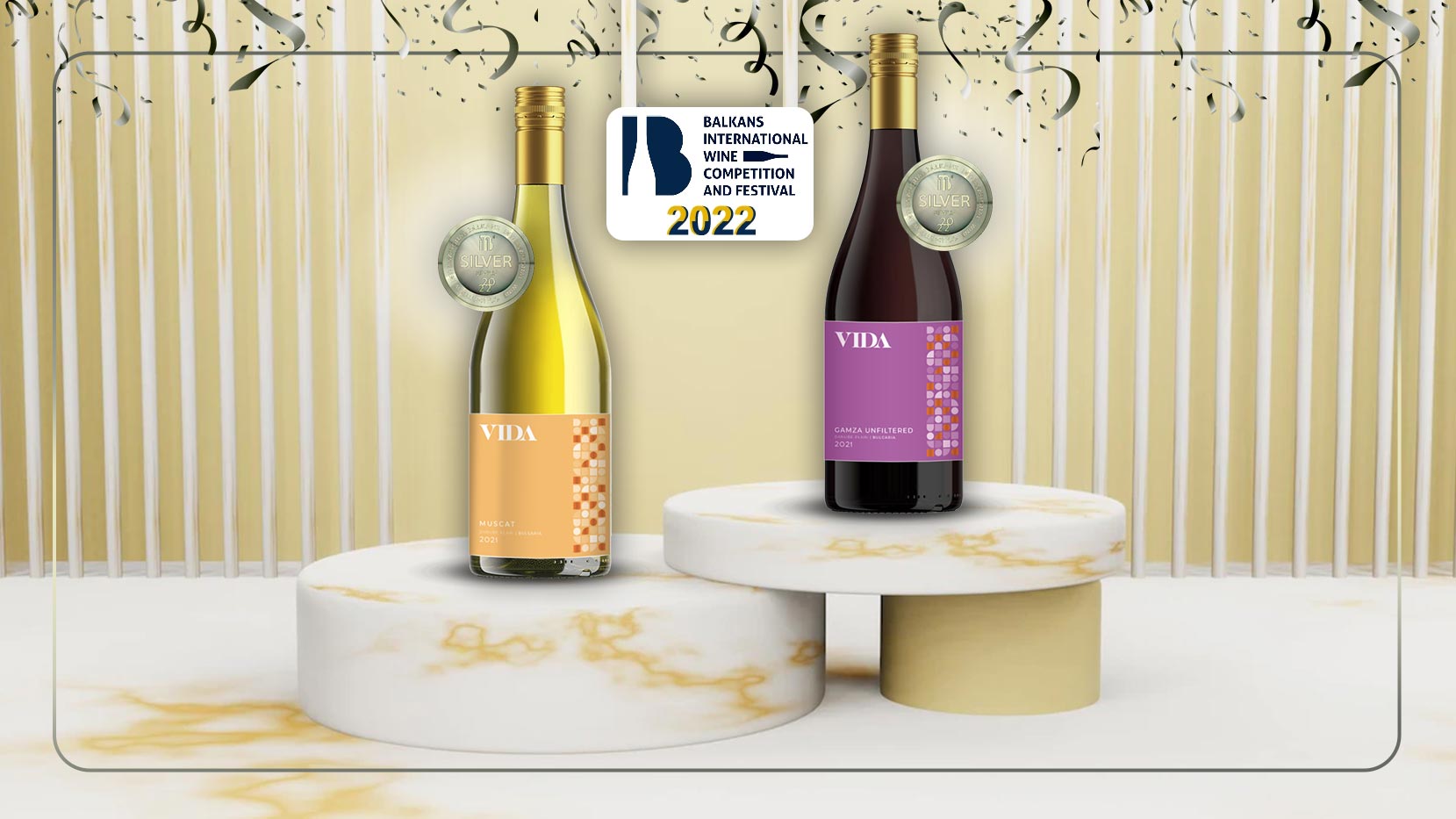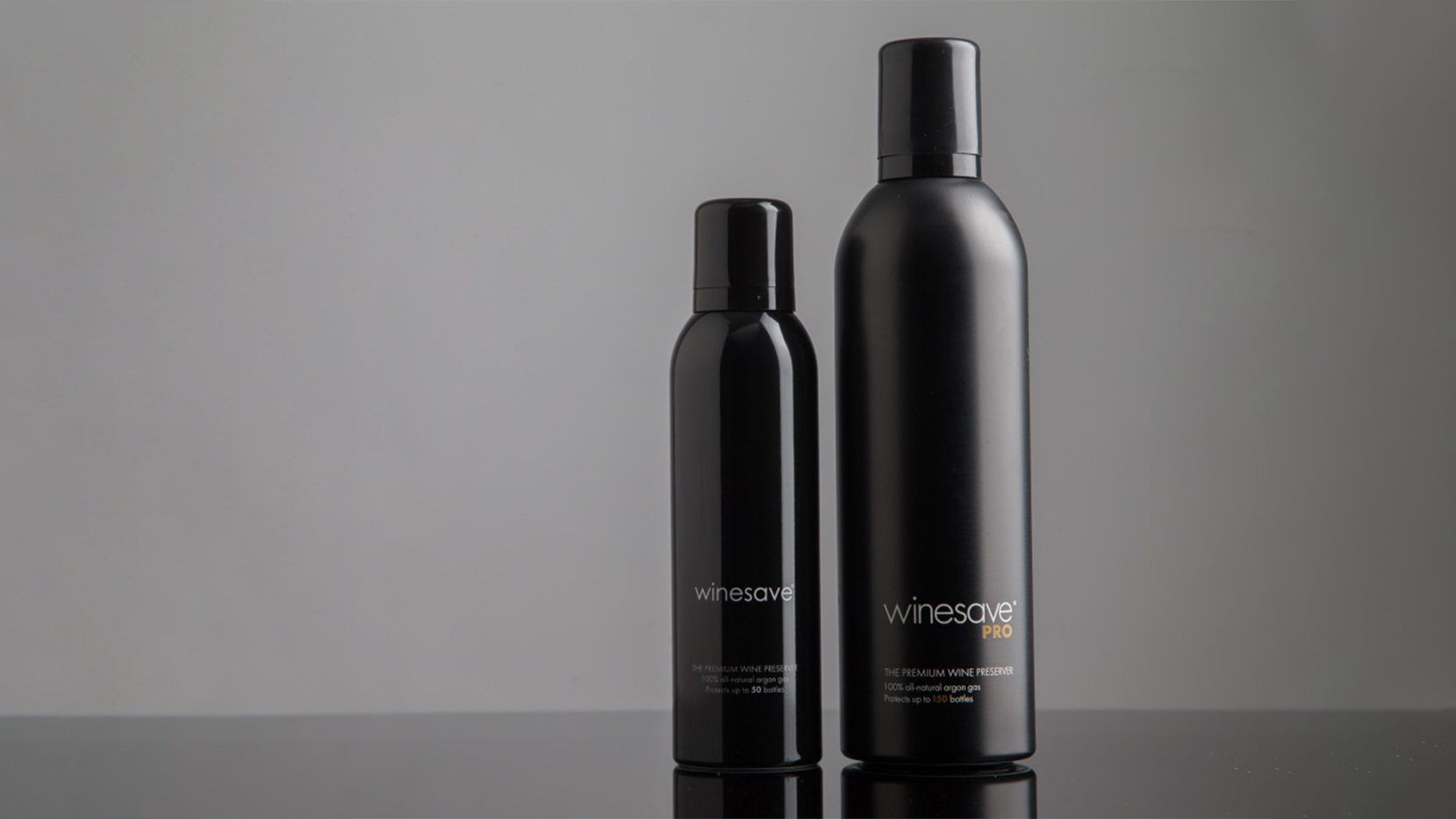VIDA Knowledge: Low- and Non-Alcoholic Wine
The interest of the consumers for low and no-alcoholic products has risen over the past years, especially as part of the bigger campagnies for healthier lifestyle around the world. Events such as Sober for October , and Dry January have a big success around the world.
Now the beer is the leading category in the segment, but the non-alcohol wine started to catch-up in terms of demand and production in the last decade.
In general, it is hard to imagine a wine without alcohol, as it is an integral part of its taste, complexity and texture. And yet there are some wonderful examples of this mysterious product as the non-alcoholic wines Les Cocottes coming from Southern France.
It is a popular belief that the non-alcoholic wines are a little more than grape juice in a fancy bottle. This is not the case with the most wines. Of course, it is a real challenge to remove the alcohol from the fermented grape juice without affecting the mouthfeel, balance, acidity or quality. To make up for what is missing, producers sometimes have to add something, usually a small amount of sugar or grape juice, to round the structure and the texture of the wine. The methods are quite technical and involve expensive machines.
Nowadays there are two mainly used methods:
1. Reverse Osmosis the process begins with a simple winemaking process, in which the winemaker harvests the grapes, presses them, and then ferments them in stainless steel tanks to convert the grapes' natural sugars into alcohol. The result is essentially the same - a wine with alcohol content. The next step is to extract the water and alcohol from the wine by reverse osmosis using a machine that basically separates the components that make up the liquid. The product of this process is a liquid containing only water and ethanol. The next step is to remove the alcohol from the water using so-called "column stills" - this is a simple distillation process by heating. The alcohol evaporates and rises up the column, where it is then collected and set aside, leaving the winemaker with nothing but the water he needs. In the last step, the cooled water is mixed with the wine. The result is everything a regular wine would have - taste, aroma, texture and characteristics, just without the alcohol.
2. Vacuum Destillation – this is the more effective and faster method of removing alcohol from wine, but it is not the best method and uses the same basic principle of heating to remove it. As with the first method, the winemaker makes a traditional wine that is heated to 78.3ºC. This is the temperature at which the ethanol boils, allowing the alcohol to evaporate from the wine. Finally, the alcohol is caught and set aside, leaving a wine with little or no alcohol. Most winemakers prefer the first method because the second can have a greater impact on the flavor and texture of the finished wine.
To further confuse you, so far we've introduced you to non-alcoholic and low-alcohol wines that are between 1.2-0%, but there are also low-alcohol wines between 5.5-10%.
Wines with less alcohol are made the traditional way, without any special equipment or magic on the part of the winemaker. As you know, ripe grapes produce grape juice rich in natural sugars, which are later converted to alcohol during fermentation. In order to achieve a lower alcohol content, you need grapes with less sugar content. These can be previously harvested, unripe grapes, or grapes from vineyards that have had their leaves removed to slow down the plant's ability to produce sugar. The fermentation process carried out with this grape variety is much faster and can result in the final wine having an alcohol content of up to 5.5%. The producer can indicate the amount of alcohol achieved, but cannot call it a low-alcohol wine, even if it has a much lower degree than traditional wines.
In conclusion, we can say that the category is one of the fastest growing, which proves the choice of many people for a healthy lifestyle.
Cheers from the VIDA Wine & Spirits team!









